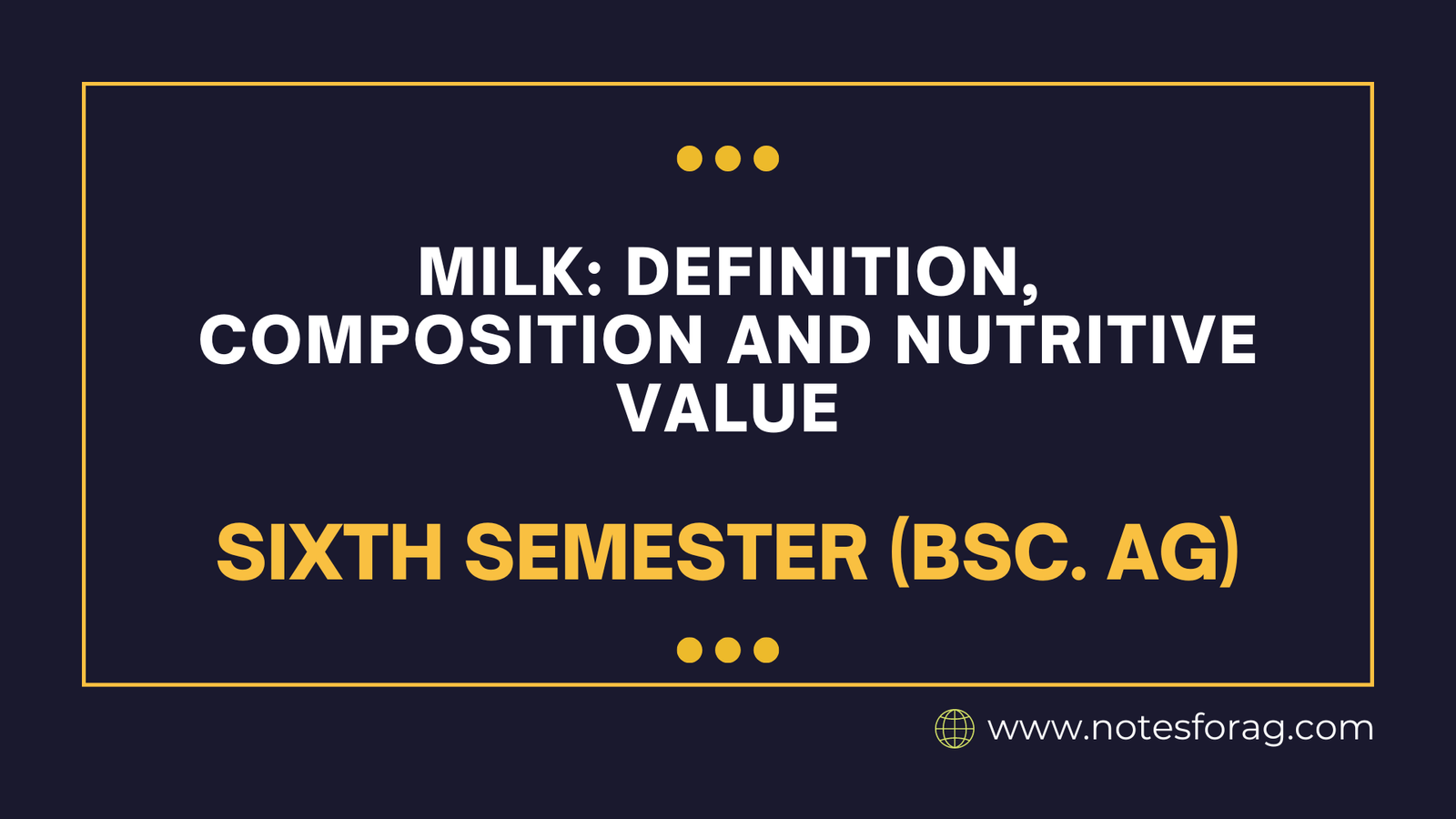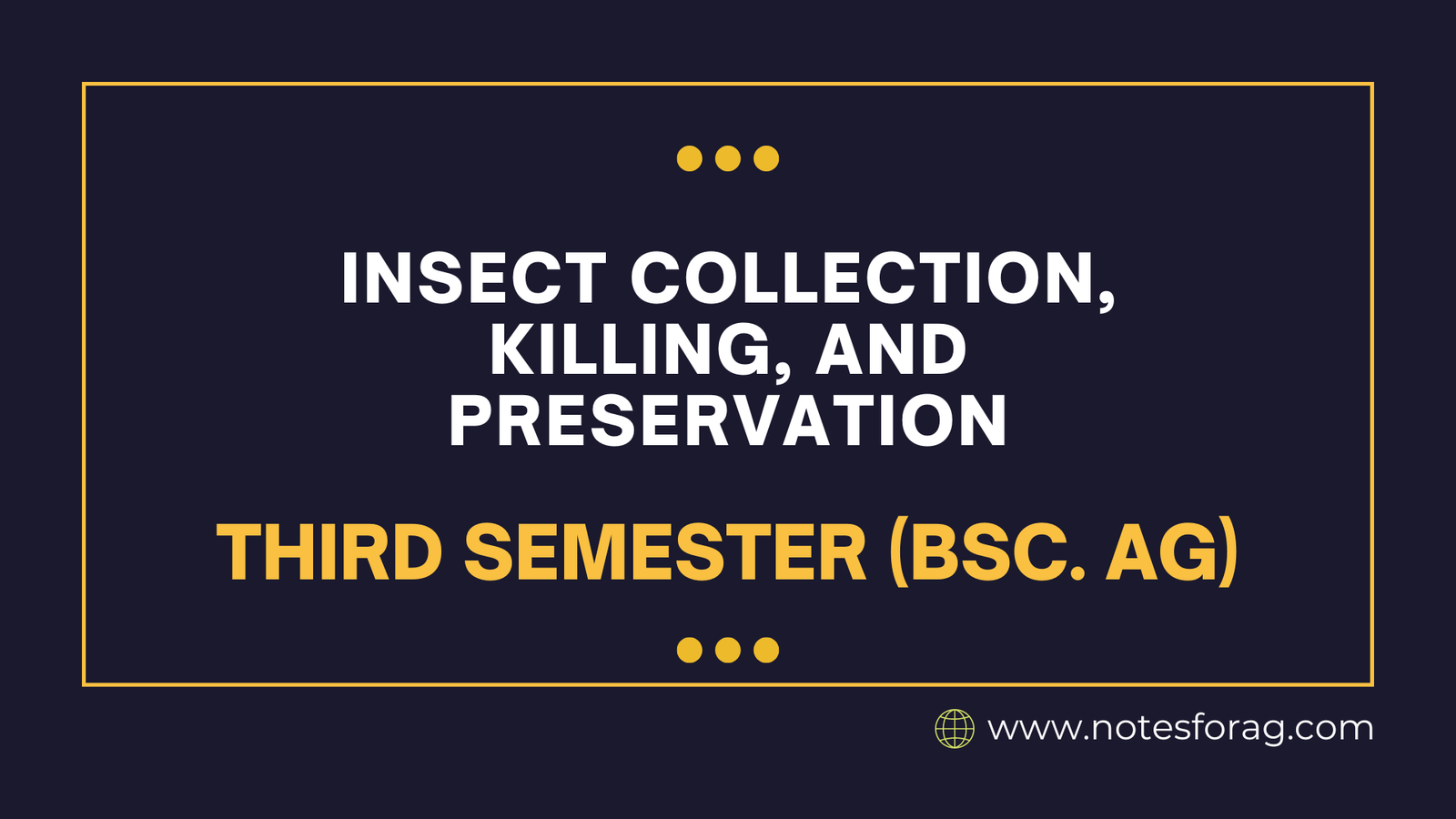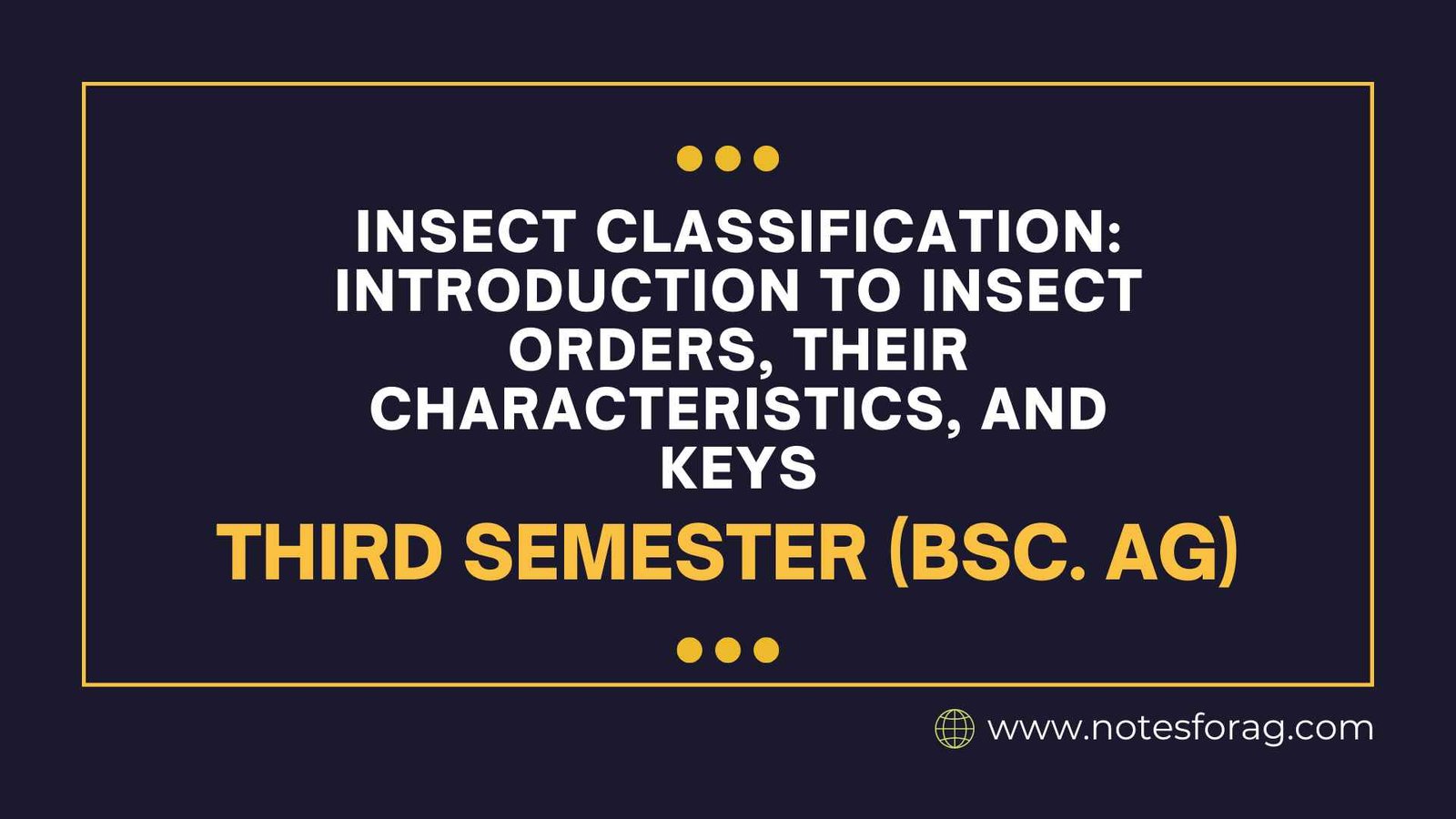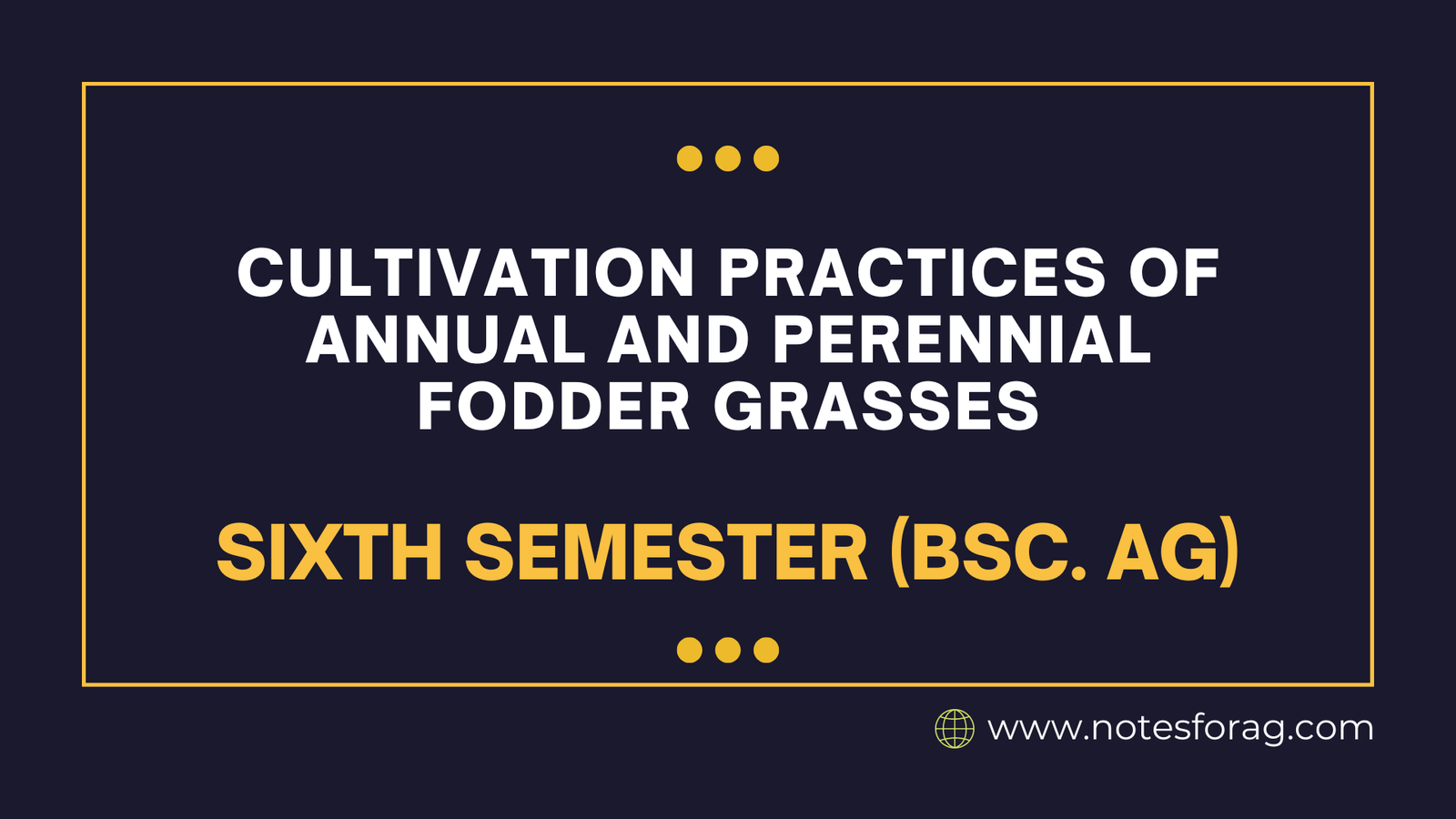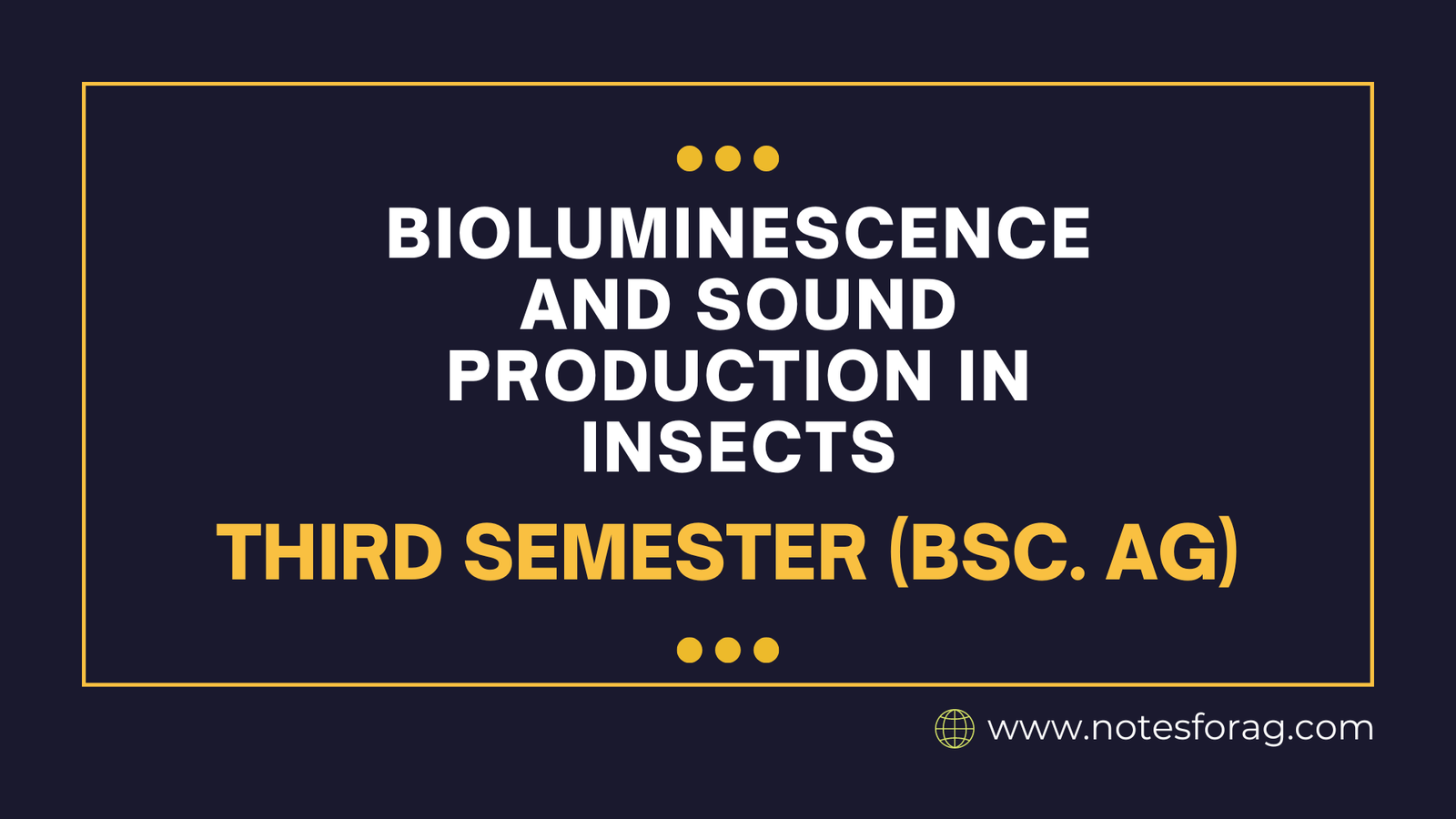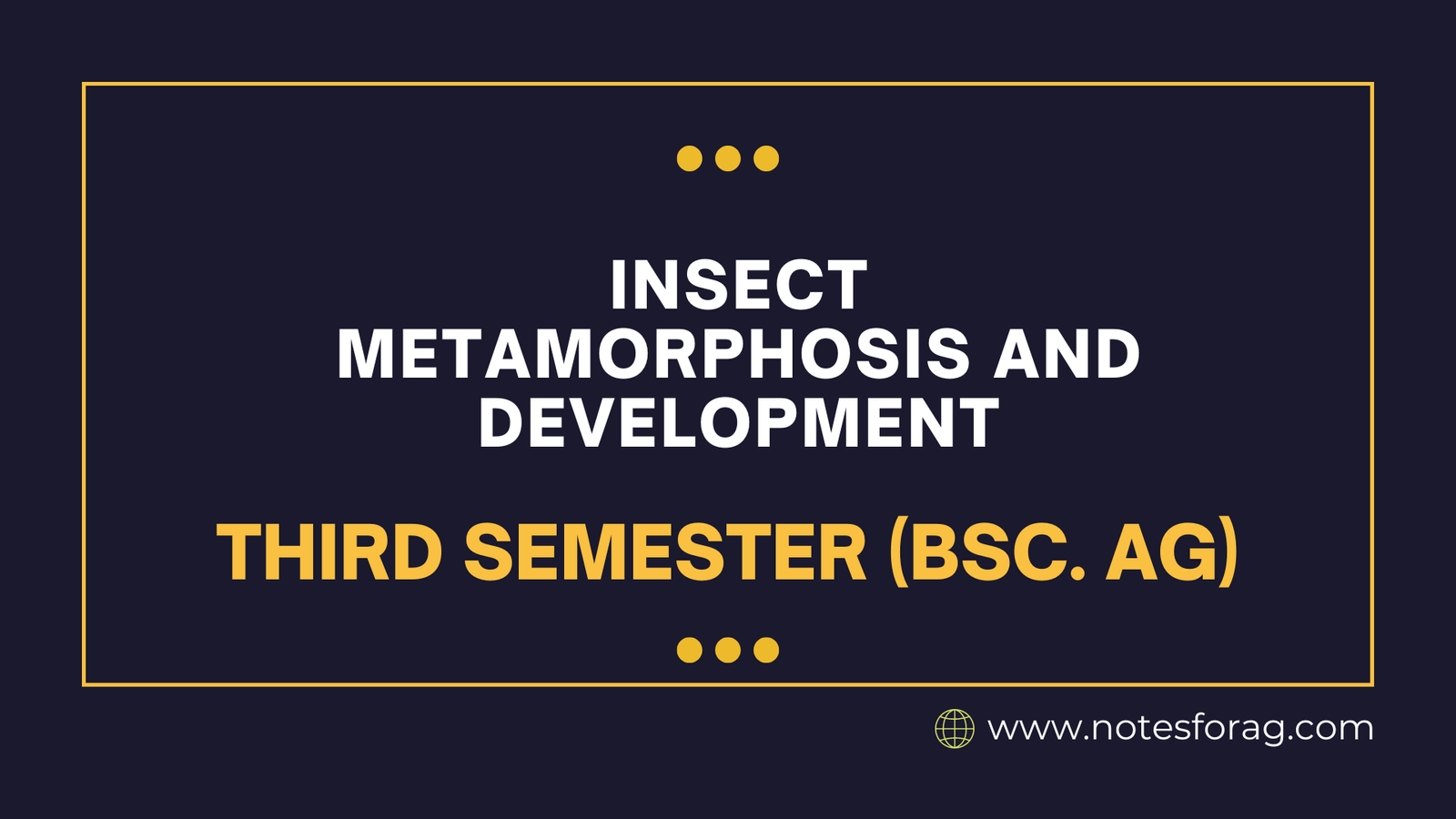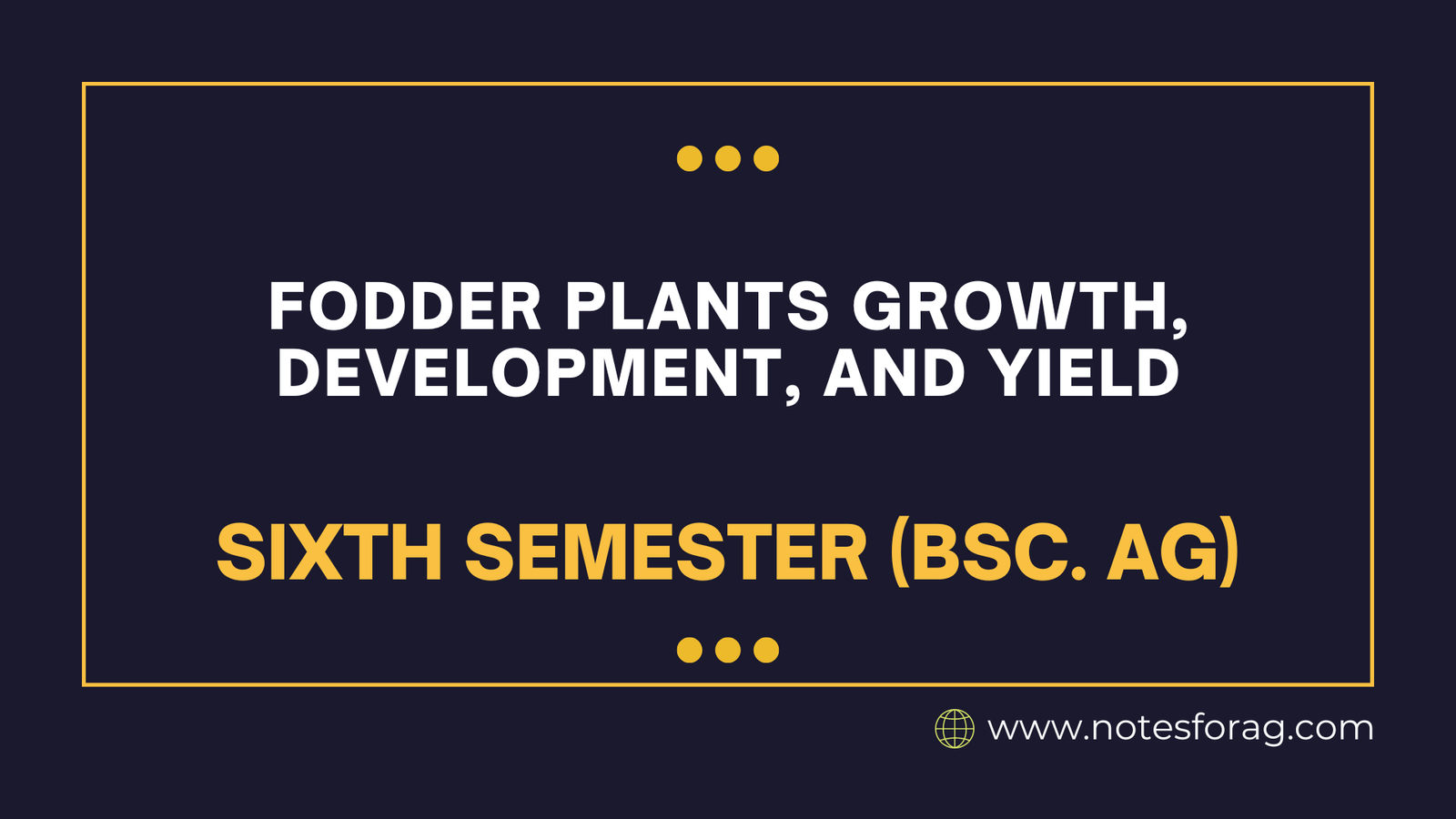Milk: Definition, Composition and Nutritive Value
Definition The mammary glands of mammals create milk, a nutrient-rich liquid diet. It is the main source of nutrition for young mammals until they can digest solid food. It includes vital elements, such as proteins, lipids, carbs, vitamins, and minerals, which are required for growth and development. Constituents of Milk: Milk is a complex emulsion … Read more

